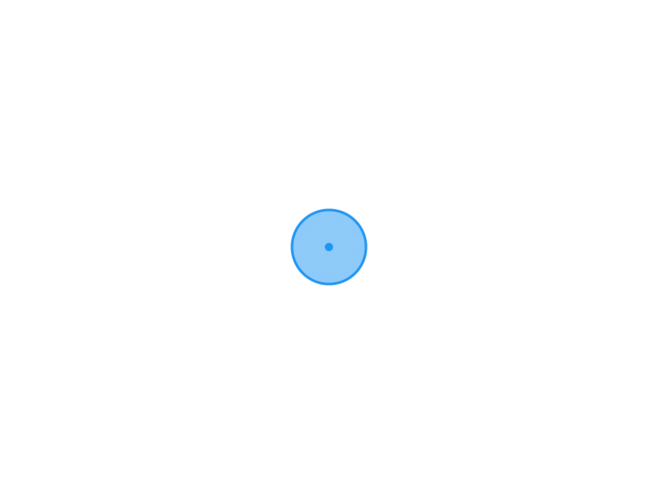悠悠楠杉
CSS实现图片悬浮放大镜效果:zoom属性实战指南
CSS放大镜、zoom属性、图片放大效果、悬停交互、CSS3变换
实现原理
图片悬浮放大镜效果的核心在于当用户鼠标悬停在图片上时,通过CSS放大图片的特定区域,模拟放大镜查看细节的效果。相比使用JavaScript实现,纯CSS方案更加轻量且性能优越。
基础实现方法
1. 使用zoom属性
css
.image-container {
overflow: hidden;
width: 300px;
height: 200px;
}
.image-zoom {
width: 100%;
height: 100%;
transition: transform 0.3s ease;
transform-origin: center center;
}
.image-zoom:hover {
transform: scale(1.5);
}
这段代码创建了一个基础的放大效果,当鼠标悬停在图片上时,图片会以中心点为基准放大1.5倍。
2. 结合cursor属性增强体验
css
.image-zoom:hover {
transform: scale(1.5);
cursor: zoom-in;
}
通过添加cursor: zoom-in,当用户悬停时鼠标指针会变为放大镜图标,提供更直观的交互反馈。
进阶实现:跟随鼠标位置的放大镜
html
css
.magnifier-container {
position: relative;
width: 500px;
height: 350px;
overflow: hidden;
}
.original-image {
width: 100%;
height: 100%;
object-fit: cover;
}
.magnifier {
position: absolute;
width: 150px;
height: 150px;
border: 2px solid #fff;
border-radius: 50%;
box-shadow: 0 0 10px rgba(0,0,0,0.5);
background-repeat: no-repeat;
pointer-events: none;
display: none;
}
.magnifier-container:hover .magnifier {
display: block;
}
javascript
document.querySelector('.magnifier-container').addEventListener('mousemove', function(e) {
const magnifier = this.querySelector('.magnifier');
const img = this.querySelector('.original-image');
// 计算放大镜位置
let x = e.pageX - this.offsetLeft - magnifier.offsetWidth / 2;
let y = e.pageY - this.offsetTop - magnifier.offsetHeight / 2;
// 限制不超出容器
x = Math.max(0, Math.min(x, this.offsetWidth - magnifier.offsetWidth));
y = Math.max(0, Math.min(y, this.offsetHeight - magnifier.offsetHeight));
// 设置放大镜位置
magnifier.style.left = x + 'px';
magnifier.style.top = y + 'px';
// 设置放大镜背景图
const bgX = -x * 2; // 放大倍数为2
const bgY = -y * 2;
magnifier.style.backgroundImage = url(${img.src});
magnifier.style.backgroundPosition = ${bgX}px ${bgY}px;
magnifier.style.backgroundSize = ${this.offsetWidth * 2}px ${this.offsetHeight * 2}px;
});
性能优化技巧
- 使用will-change属性:提前告知浏览器元素可能的变化,优化渲染性能
css
.image-zoom {
will-change: transform;
}
- 限制动画复杂度:简单的线性或缓动过渡性能更好
css
transition: transform 0.2s cubic-bezier(0.4, 0, 0.2, 1);
- 合理设置放大倍数:过大的放大倍数会导致图像模糊并增加计算负担
浏览器兼容性考虑
虽然现代浏览器都很好地支持这些CSS特性,但在实际项目中仍需注意:
- 添加供应商前缀确保兼容性
- 为不支持CSS3变换的浏览器提供降级方案
- 测试在不同设备上的表现
实际应用案例
电商产品展示
css
.product-image {
width: 100%;
transition: transform 0.3s;
transform-origin: var(--mouse-x) var(--mouse-y);
}
.product-image:hover {
transform: scale(1.8);
cursor: none;
}
.product-image-container {
position: relative;
overflow: hidden;
border: 1px solid #eee;
}
艺术画廊
css
.gallery-item {
position: relative;
overflow: hidden;
}
.gallery-image {
transition: transform 0.5s ease-out;
transform-origin: center center;
}
.gallery-item:hover .gallery-image {
transform: scale(1.3);
}
.gallery-caption {
position: absolute;
bottom: 0;
background: rgba(0,0,0,0.7);
color: white;
transition: all 0.3s;
opacity: 0;
}
.gallery-item:hover .gallery-caption {
opacity: 1;
}
总结
CSS实现的图片悬浮放大镜效果不仅提升了用户体验,还能减少对JavaScript的依赖,提高页面性能。通过合理运用zoom、transform等属性,配合适当的交互设计,可以创造出既美观又实用的图片展示效果。在实际项目中,应根据具体需求选择最适合的实现方案,并注意性能优化和浏览器兼容性问题。


